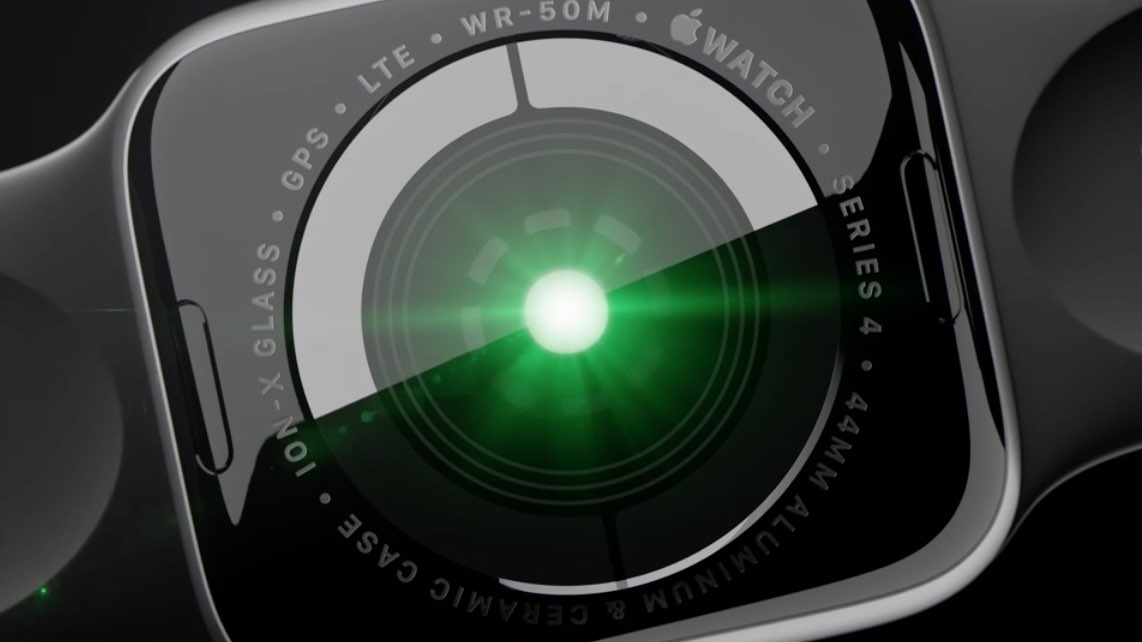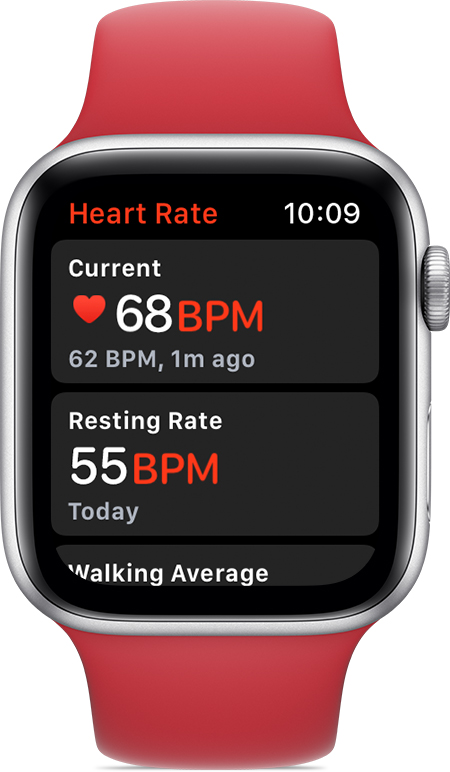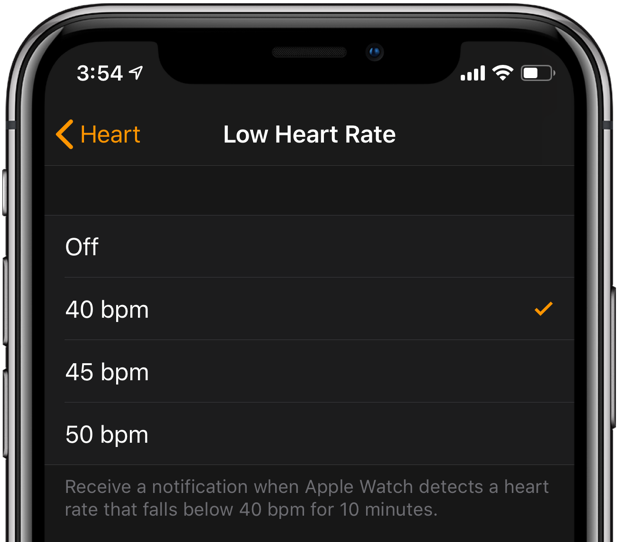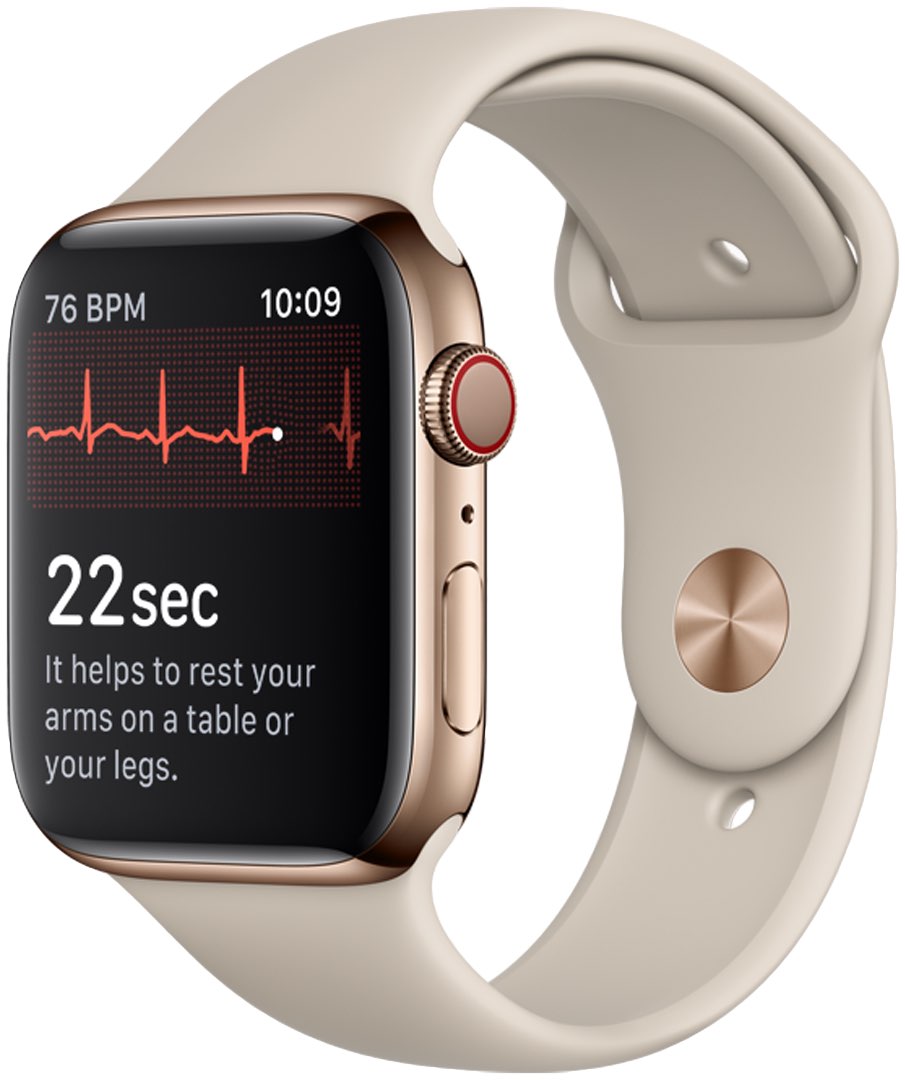How to turn on low heart rate notifications on Apple Watch

Your Apple Watch helps you look after your heart. The wearable can ping you when your heart frequency has exceeded or fallen below a specified threshold. An earlier tutorial explained how enabling alerts for when your heart rate is above a chosen beats per minute (BPM) threshold can potentially save lives. In this step-by-step tutorial, you’re going to learn how to toggle on low heart rate notifications that can help protect the health of your cardiovascular system.
Alerts for low heart rates first appeared in the watchOS 5 software that released on September 17, 2018. Before you can take advantage of this exciting capability, please make sure that your Apple wearable device is on the watchOS 5 software or newer by going to My Watch → General → Software Update in the companion Watch app.
The feature requires any Apple Watch Series 1 model or later.
About low heart rate
Your heart rate frequency is not supposed to be on the high side if you haven’t moved at all. Likewise, the heart rate rhythm should remain below a chosen BPM while you appear to have been inactive for a period of 10 minutes. Both situations, if repeated frequently, may point to serious health complications.

Low heart frequency, especially low heart rate after waking up, is good because it means you have rested and your heart is in good condition. If your heart rate appears to be too low, however, might indicate that your heart is not pumping enough blood to the system. And that, boys and girls, can be a sign of something… serious.
And now your Apple Watch Series 2 or newer can detect it.
How to enable low heart rate alerts on Apple Watch
Off by default, these low heart rate alerts must be toggled on manually via your iPhone.
1) On your paired iPhone with iOS 12 or newer, open the companion Watch app.
2) Tap the My Watch tab.
3) Choose Heart Rate from the list.
4) Hit Low Heart Rate, then choose a desired BPM threshold.
You can choose between the following presets:
- Off: disable these alerts for lower-than-expected heart rates.
- 40 BPM
- 45 BPM
- 50 BPM
For most people, the default threshold is 40 BPM.

Now the watch will intermittently analyze your heart rhythms in the background and sends you a wrist notification if the heart frequency falls below the specified threshold. It will do so only when you appear to have been inactive for at least 10 minutes. The watch will kindly offer to turn on these life-saving heart rate notifications when you first open the Heart Rate app.
TUTORIAL: How to enable life-saving high heart rate notifications on Apple Watch
As for elevated heart rate notifications (High Heart Rate), most people with no heart condition should select a threshold value between 100 BPM and 120 BPM, depending on their age, fitness level, whether they smoke or not, and so forth.
Keep in mind that Apple Watch is meant to be a health accessory, not a true medical device.
Measuring your BPMs
You can check your heart rate any time using the built-in Heart Rate app, or one of the many third-party apps dedicated to heart rate monitoring, like HeartWatch, Heart Monitor and Heart Analyzer. I also use Apple’s Heart Rate complication for starting a session right from my watch face, Let’s not forget you can add the Heart Rate app to your Dock to open it more easily.

If you own a Series 4 watch that features a new electrical heart rate sensor that can take an electrocardiogram, you can also receive a heart rhythm classification. This includes things like your heart is beating in a normal pattern or whether there are signs of Atrial Fibrillation, which is a heart condition that could lead to major health complications.

As a quick reminder, your Apple Watch uses its optical heart sensor built into the back crystal to measure your heart rate continuously during the workout, plus for three minutes after the workout ends, to determine a workout recovery rate. It also takes background BPM readings throughout the day when you’re still, and periodically when you’re walking.
The built-in optical heart rate sensor supports a range of 30–210 beats per minute. You can control which third-party apps have access to your health data from the Health app under the Sources tab.
Need help? Ask iDB!
Do you like this how-to?
If so, do pass it along to your support folks and leave a comment below.
Got stuck? Not sure how to do certain things on your Apple device? Let us know via [email protected] and a future tutorial might provide a solution.
Submit your own how-to suggestions via [email protected].
Source link: http://www.idownloadblog.com/2018/09/19/apple-watch-low-heart-rate-alerts-tutorial/



Leave a Reply